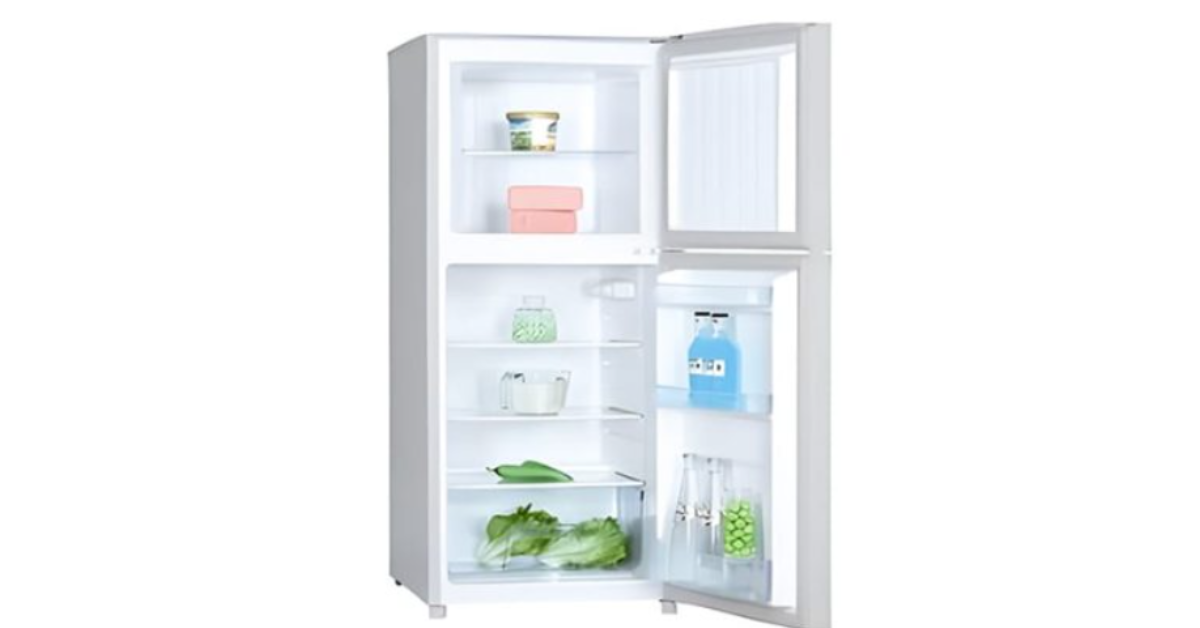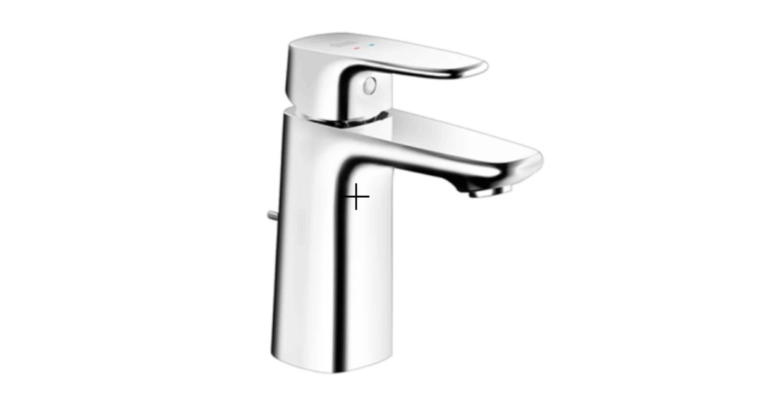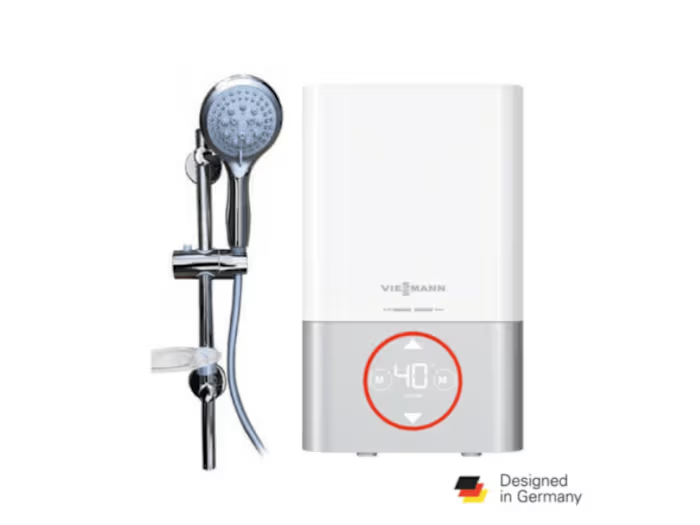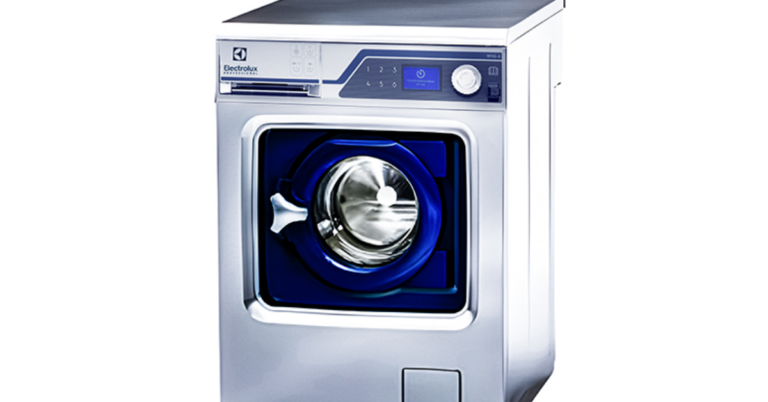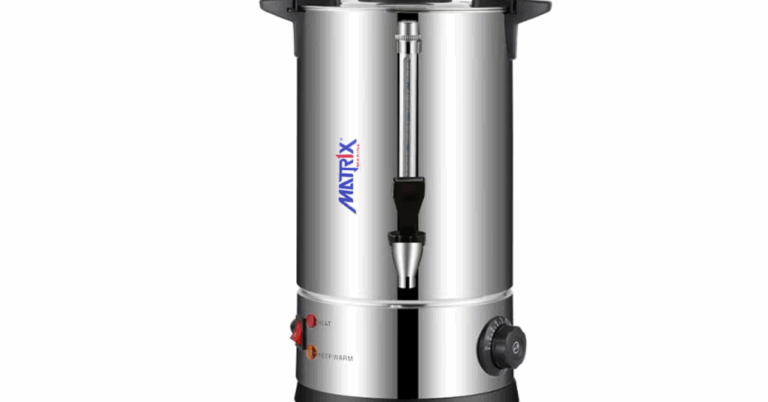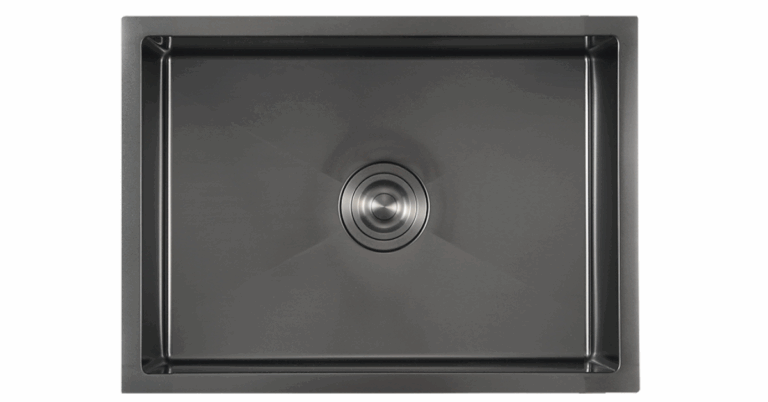Optimizing Cold Storage at Sea: The Case for a Cruise Ship Fridge 150L 110V
When operating a cruise vessel, every piece of equipment must be robust, efficient, and tailored to the marine environment. One often under-appreciated but absolutely essential component is the refrigeration system. In that context, a Cruise Ship Fridge 150L 110V offers a compelling balance of capacity, power compatibility, and durability. Such a refrigerator—designed specifically for marine or cruise ship applications—addresses the unique constraints of space, power supply, vibration, and humidity encountered at sea.
Why a 150 L, 110 V Refrigeration Unit Is Ideal for Cruises
1. Size and Capacity Trade-off
Cruise ships typically have limited space for galley, bar, and storeroom appliances. A 150-liter refrigerator is large enough to store perishables, fresh foods, beverages, and even a modest frozen section, yet compact enough to fit within constrained cabinetry or galley layouts. It is not oversized and wasteful nor underpowered. This mid-range capacity makes it versatile for multiple uses (kitchen, staff pantries, small bars) without hogging too much cabin or utility footprint.
2. Voltage Matching and Electrical Efficiency
One crucial feature is the 110 V (usually 60 Hz) electrical compatibility. Many marine power systems (especially in North American or chartered-vessel contexts) provide 110 V supply lines. Having a fridge calibrated to that voltage avoids the inefficiencies, heat losses, or need for step-down or step-up transformers. Operating directly on the vessel’s native voltage improves reliability and lowers the risk of power conversion failures.
Because power is a premium on ships—given generation limits, fuel costs, and load balancing—refrigerators on ships must be energy efficient. A well-engineered 150 L 110 V unit can run with moderate draw while providing stable cooling even under varying ambient temperatures (from engine rooms to open deck zones). This balances performance and electrical economy.
3. Marine-Grade Design Requirements
Cruise ship environments are harsh: continuous motion, salt air, humidity, and vibration are the norm. A standard domestic refrigerator often fails prematurely under these conditions. Marine refrigerators must be built with corrosion-resistant materials (often stainless steel or treated surfaces), stronger hinges and fasteners, reinforced insulation, vibration-resistant internal shelving, and gaskets that maintain a tight seal despite ship motions.
Moreover, dual- or “smart door” designs (i.e. separate compartments for refrigeration vs. freezing) are often incorporated so that the freezer section doesn’t unduly affect refrigerated compartments when the ship is listing or pitching. These door arrangements help maintain temperature zones even when motion is significant.
4. Reliability, Redundancy & Maintenance Considerations
When a cruise ship is at sea, downtime is costly. A refrigeration unit must be serviceable, easy to maintain, and tolerant of partial failures or ambient extremes. For example:
-
Compressor design: The compressor should be marine-grade, able to tolerate varying voltages and ambient loads.
-
Refrigerant choice: A modern, environmentally safer refrigerant (e.g. R600a or other low-GWP options) is preferred, provided it meets marine safety and ventilation requirements.
-
Ease of parts replacement: Access panels, modular components, and straightforward wiring make on-ship maintenance easier.
-
Thermal insulation & sealing: Proper insulation reduces compressor load, and robust door seals prevent leaks, improving efficiency.
Design and Technical Specification Considerations
To understand how a cruise ship fridge 150 L 110 V works and what to demand of one, here’s a breakdown of key characteristics and how they apply in practice.
Capacity & Internal Layout
-
150-liter capacity typically provides a combination of a fridge section and a smaller freezer/ice box compartment.
-
Double door / “smart door” design is often used: one door for the refrigerating zone, one for the freezing/ice section. This separation helps maintain temperature stability and reduces “cold bleed” when one door opens.
-
Internal shelving must be adjustable, sturdy, and secured to reduce rattling and movement under motion.
Electrical & Thermal Specifications
-
Voltage / Frequency: 110 V, 60 Hz is common for some marine power systems. Compatibility is critical.
-
Power draw & efficiency: The unit should provide sufficient cooling while consuming as little current as possible. Low energy draw translates to lower fuel usage or load on generators.
-
Operating range: It must reliably function across a range of ambient temperatures, from cold engine compartments to hot deck spaces, without undue strain.
Materials & Construction
-
Exterior & interior materials: Use corrosion-resistant metals, stainless steel, or coated surfaces that resist salt spray and humidity.
-
Insulation: Rigid foam or vacuum panels help maintain internal temperature while reducing compressor cycling.
-
Gaskets & seals: Flexible, durable materials that can maintain tight seals even under slight warping or motion.
-
Shock/vibration mounting: Components and panels should be mounted with vibration isolation to minimize fatigue and noise.
Safety and Environmental Compliance
-
Refrigerants: Use of safe, low-GWP refrigerants compatible with marine safety standards.
-
Ventilation & ventilation ports: Sufficient airflow must be ensured to remove heat from the compressor compartment.
-
Electrical safety: Marine-grade wiring, proper grounding, leaks protection (drip trays), and protection against short circuits or corrosion.
Applications Onboard a Cruise Vessel
A 150 L 110 V marine refrigerator finds multiple use-cases aboard cruise ships. Some of them include:
1. Galley / Food Prep Areas
In smaller galleys, side kitchens, or satellite food prep zones (e.g. lifeboat stations, bar kitchens, lounge kitchens), these units can serve as localized cold storage close to the workstation, reducing retrieval time and energy loss for the main cold rooms.
2. Barbacks, Lounges & Mini-Bars
Bars or wine stations scattered across decks may each need their own compact fridge to store mixers, perishables, or specialty items. A portable 150 L size is often ideal behind bar counters or under counters, meeting demand while being hidden from guests.
3. Crew Mess / Staff Pantries
Crew living quarters and staff food prep zones need reliable refrigeration. The 150 L size is often sufficient for crew rotations, snack storage, or supplemental cooling.
4. Emergency / Auxiliary Use
In case of main machinery failure or sudden surge in demand (e.g. buffet expansion, special events), these refrigerators can serve as auxiliary cold storage to offload or buffer supplies.
Challenges and Mitigation Strategies
While a cruise ship fridge 150 L 110 V is highly useful, there are some challenges to address for effective deployment.
Challenge: Varying Load and Stabilization
Ships operate in changing ambient temperatures (sunlight, shaded deck, engine room). This can stress cooling systems.
Mitigation: Use thermostatic control, oversizing the compressor slightly to handle peak loads, and ensure good ventilation to dissipate heat.
Challenge: Power Fluctuations & Generator Transients
Marine power systems sometimes experience spikes, drops, or harmonics which can disturb delicate electronics.
Mitigation: Include surge protection, voltage stabilization, and filters in the design. Use rugged components rated for marine environments.
Challenge: Salt Corrosion and Maintenance
Salt air, moisture, and spray can degrade components over time.
Mitigation: Use anodized, coated, or stainless finishes. Frequent maintenance checks, sacrificial anodes, and desalination rinses help extend lifespan.
Challenge: Motion & Sloshing
The motion of the ship (pitch, roll, yaw) can lead to mechanical stress and thermal imbalance.
Mitigation: Secure internal shelves, mount compressors with vibration isolators, ensure the door latches tightly even under slight warping, and design insulation continuity.
Realizing Value: Cost, Longevity & Return on Investment
A cruise line or ship operator must evaluate not just upfront costs but lifecycle value.
-
Initial cost: Marine-grade refrigerators tend to cost more than domestic units due to specialized materials and engineering.
-
Operating cost: Efficient 110 V units reduce electrical load, fuel, and generator wear.
-
Maintenance cost: If designed well, downtime is low and parts can be replaced easily.
-
Longevity: A well-constructed marine fridge can last many years (often a decade or more) even in harsh conditions.
-
Risk reduction: Having distributed, redundant refrigeration reduces the risk of a single point of failure crippling food operations onboard.
Thus, while a marine-rated 150 L 110 V refrigerator may appear an expense, its role in reducing waste, minimizing power burden, and maintaining guest satisfaction often justifies the investment.
Best Practices for Installation and Operation
Here are some recommended best practices when deploying and running a cruise ship fridge 150 L 110 V:
-
Plan Ventilation and Airflow
Ensure the compressor and back heat-exchange surfaces have unobstructed airflow. Use forced ventilation or ducting where space is limited. -
Secure Mounts & Bracing
Use vibration isolators, secure brackets, and shock absorbers so the unit remains firm against the hull structure and withstands motion. -
Maintain Proper Drainage
Condensate trays must slope correctly and drain to a safe location. Prevent water accumulation which can corrode or short electrical parts. -
Electrical Protection & Wiring
Use marine-grade cabling, circuit protection (fuses, breakers), surge suppressors, and ensure proper grounding. -
Routine Inspection & Cleaning
Clean condenser coils, check refrigerant levels, monitor door seals and gaskets, test performance under load, and replace consumables before failure. -
Temperature Monitoring
Use digital sensors and alarms to alert crew if temperature drifts beyond acceptable limits. Redundancy in monitoring is critical. -
Spare Parts Inventory
Keep essential spare parts onboard (compressor module, gaskets, filters, relays) to reduce downtime in remote or difficult-to-reach circumstances.
Conclusion
In the competitive and high-stakes domain of cruise ship operation, refrigeration is not a trivial matter—it’s a linchpin of guest satisfaction, food safety, and operational efficiency. The cruise ship fridge 150 L 110 V is a practical solution tailored to the constraints of marine environments. Its midrange capacity, compatibility with maritime electrical systems, and design robustness make it an ideal choice for distributed cold storage across galleys, bars, crew areas, and auxiliary zones.
Deploying the right refrigerator involves careful attention to materials, power stability, vibration mitigation, and serviceability. When properly installed and maintained, such a system becomes a reliable workhorse—minimizing waste, reducing energy burden, and ensuring that both guests and crew enjoy fresh, well-preserved food throughout the voyage.

